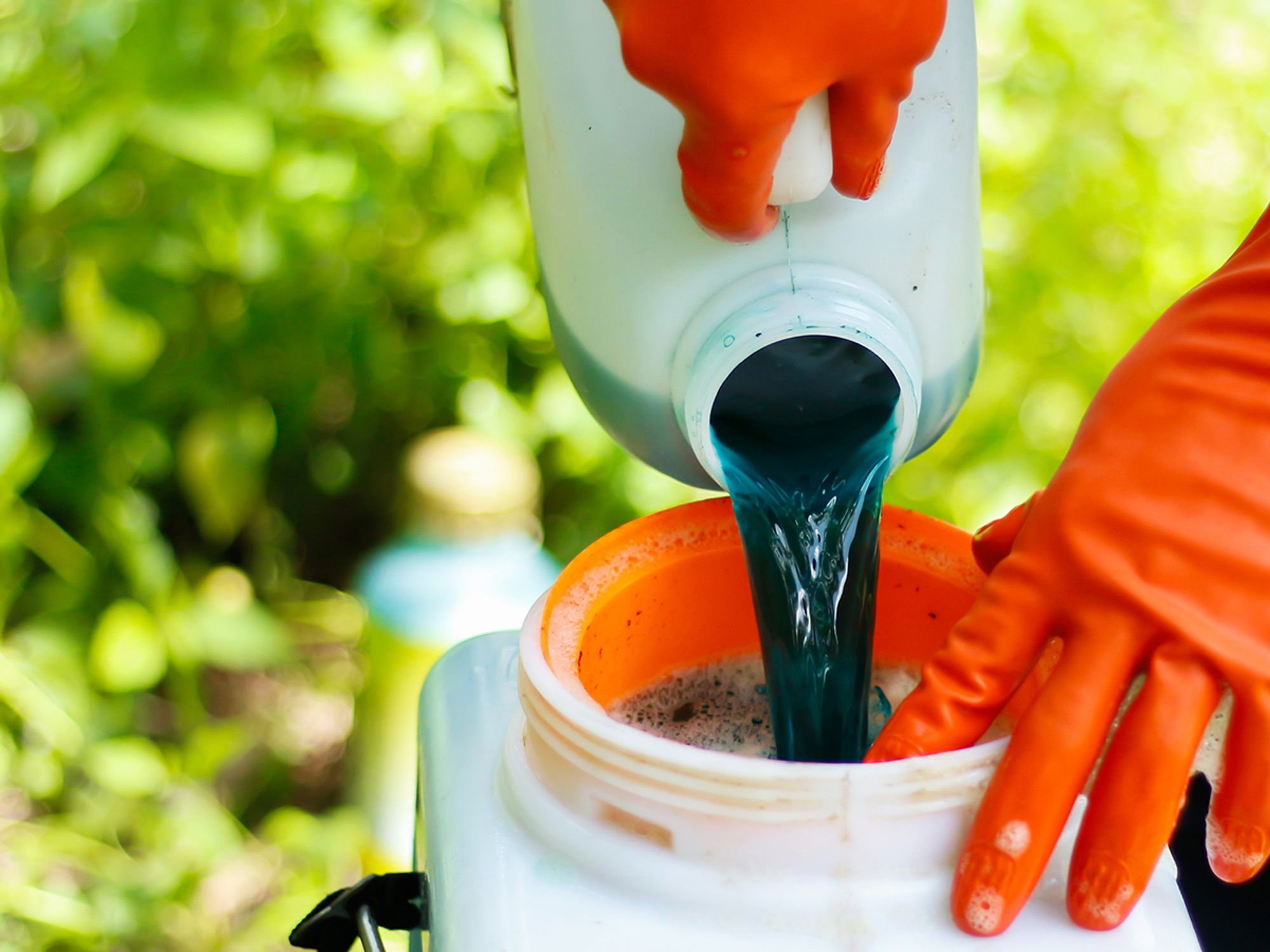Pesticide management

- EPA requires that pesticide producers, distributors, or refillers follow the container specifications for nonrefillable and refillable containers.
- EPA has authorized 21 states to implement their own pesticide containment regulations rather than the federal regulations.
Pesticides require special care and handling, and the Environmental Protection Agency (EPA) sets standards and requirements for pesticide containers, repackaging pesticides, and pesticide containment structures. The regulations on the management of pesticides, cited under 40 CFR 165, describes the requirements for refillable and nonrefillable containers and for properly disposing of pesticides.
In summary, EPA requires that:
- Pesticide producers, distributors, or refillers follow the container specifications for nonrefillable and refillable containers.
- If the company stores pesticides onsite, it must:
- Keep pesticides in appropriate containers;
- Provide necessary secondary containment;
- Follow label directions;
- Follow safety procedures; and
- Dispose of pesticides according to federal, state, and local laws.
Pesticide containment
The pesticide container regulations establish standards for pesticide containers and repackaging as well as label instructions to ensure the safe use, reuse, disposal, and adequate cleaning of the containers. Pesticide registrants and refillers (who are often distributors or retailers) must comply with the regulations, and pesticide users must follow label instructions for cleaning and handling empty containers.
Pesticide retailers who repackage pesticides, commercial applicators, and custom blenders must comply with the pesticide containment regulations if they handle agricultural pesticides and have a stationary container or pesticide dispensing area that is covered by the regulations.
Note that EPA has authorized 21 states to implement their own pesticide containment regulations rather than the federal regulations. These states are: Colorado, Florida, Illinois, Indiana, Iowa, Kansas, Kentucky, Louisiana, Michigan, Minnesota, Missouri, Montana, Nebraska, New Hampshire, North Dakota, Ohio, South Dakota, Vermont, Washington, West Virginia, and Wisconsin.
Summary of pesticide container and containment structure regulations
The table below summarizes pesticide container and containment structure regulations:
| Category | Who must comply | Major requirements |
|---|---|---|
| Nonrefillable containers |
|
|
| Refillable containers |
|
|
| Repackaging pesticide products |
|
|
| Container labeling |
|
|
| Containment structures |
|
|
